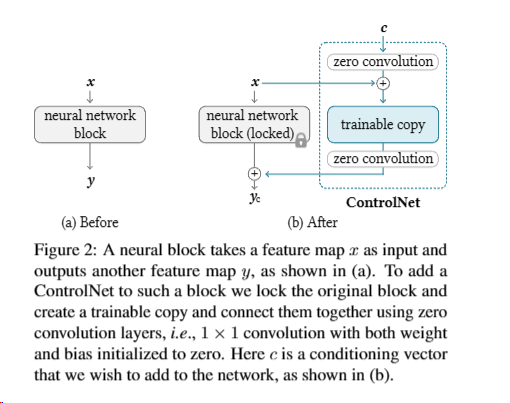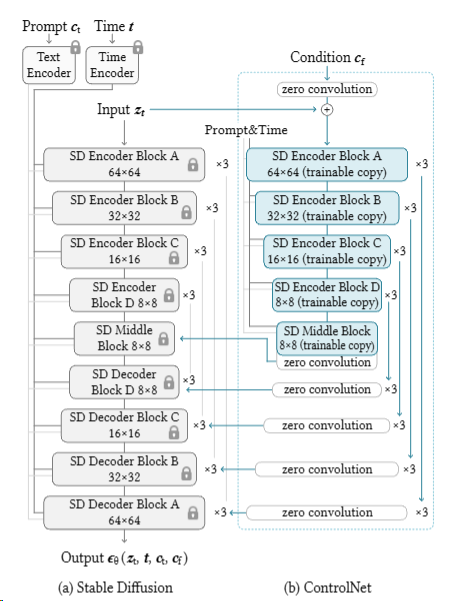1
2
3
4
5
6
7
8
9
10
11
12
13
14
15
16
17
18
19
20
21
22
23
24
25
26
27
28
29
30
31
32
33
34
35
36
37
38
39
40
41
42
43
44
45
46
47
48
49
50
51
| apply_canny = CannyDetector()
model = create_model('./models/cldm_v15.yaml').cpu()
model.load_state_dict(load_state_dict('./models/control_sd15_canny.pth', location='cuda'))
model = model.cuda()
ddim_sampler = DDIMSampler(model)
def process(input_image, prompt, a_prompt, n_prompt, num_samples, image_resolution, ddim_steps, guess_mode, strength, scale, seed, eta, low_threshold, high_threshold):
with torch.no_grad():
img = resize_image(HWC3(input_image), image_resolution)
H, W, C = img.shape
detected_map = apply_canny(img, low_threshold, high_threshold)
detected_map = HWC3(detected_map)
control = torch.from_numpy(detected_map.copy()).float().cuda() / 255.0
control = torch.stack([control for _ in range(num_samples)], dim=0)
control = einops.rearrange(control, 'b h w c -> b c h w').clone()
if seed == -1:
seed = random.randint(0, 65535)
seed_everything(seed)
if config.save_memory:
model.low_vram_shift(is_diffusing=False)
cond = {"c_concat": [control], "c_crossattn": [model.get_learned_conditioning([prompt + ', ' + a_prompt] * num_samples)]}
un_cond = {"c_concat": None if guess_mode else [control], "c_crossattn": [model.get_learned_conditioning([n_prompt] * num_samples)]}
shape = (4, H // 8, W // 8)
if config.save_memory:
model.low_vram_shift(is_diffusing=True)
model.control_scales = [strength * (0.825 ** float(12 - i)) for i in range(13)] if guess_mode else ([strength] * 13)
samples, intermediates = ddim_sampler.sample(ddim_steps, num_samples,
shape, cond, verbose=False, eta=eta,
unconditional_guidance_scale=scale,
unconditional_conditioning=un_cond)
if config.save_memory:
model.low_vram_shift(is_diffusing=False)
x_samples = model.decode_first_stage(samples)
x_samples = (einops.rearrange(x_samples, 'b c h w -> b h w c') * 127.5 + 127.5).cpu().numpy().clip(0, 255).astype(np.uint8)
results = [x_samples[i] for i in range(num_samples)]
return [255 - detected_map] + results
|

